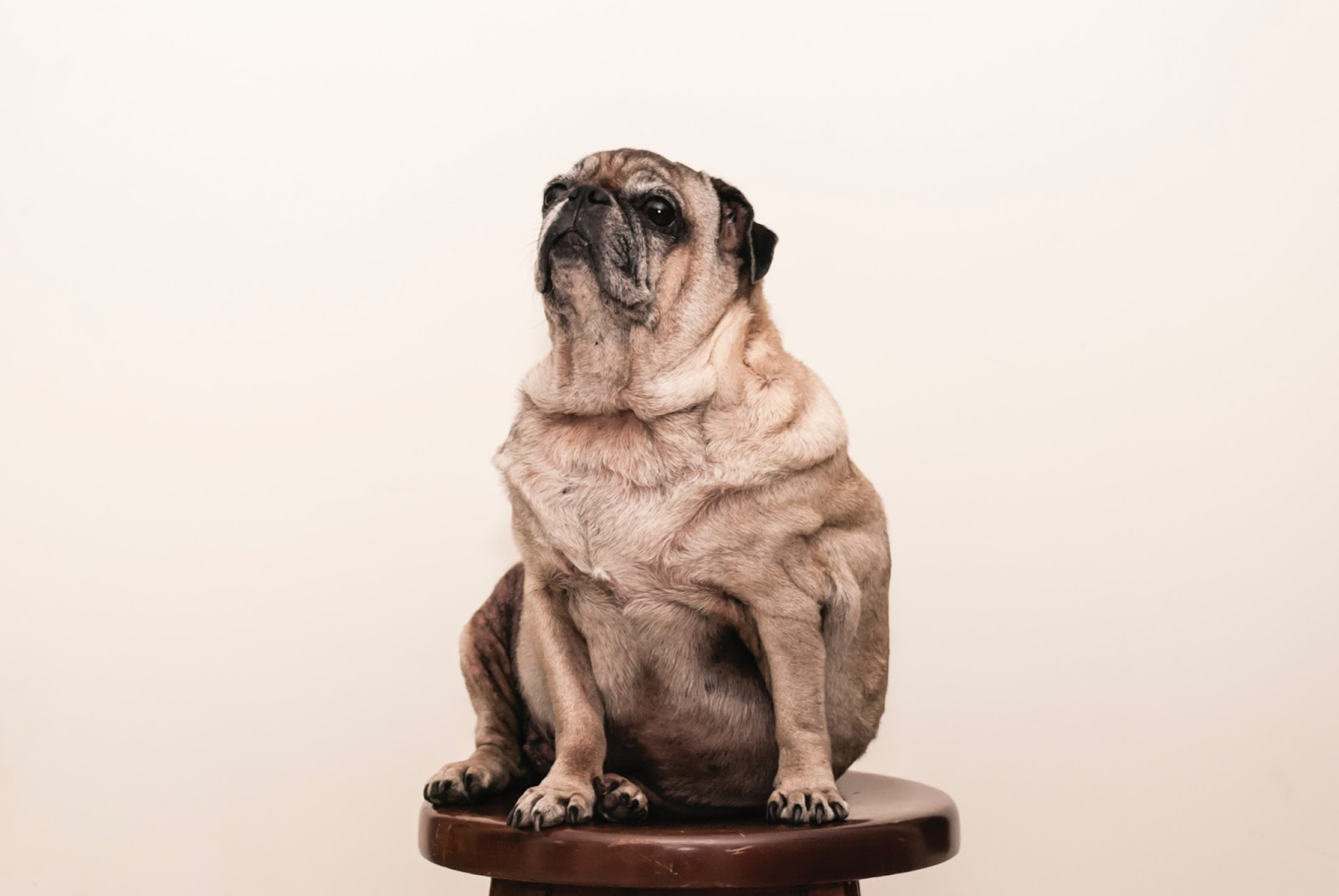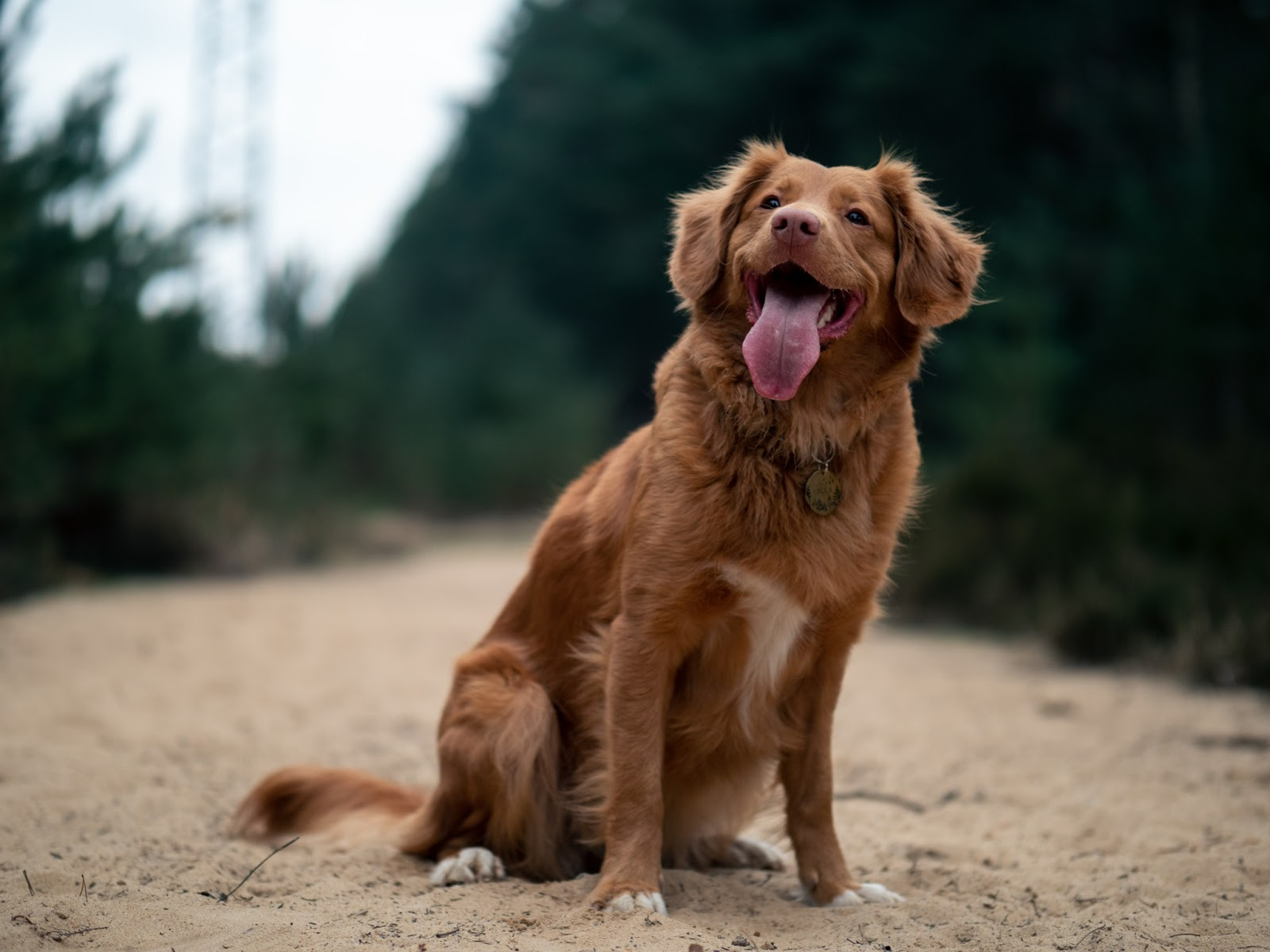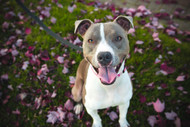How to Calculate Your Dog’s Proper Weight and Keep Them Healthy For Life - Bully Sticks Direct
Jun 07, 2023
A healthy weight is different for all dogs and ages
Just like humans, not all dogs are created the same. Some dogs are naturally more slender, while others are built more stocky. And as dogs age, their metabolisms change, so their ideal weight may also adjust over time.
That's why it's important to talk to your veterinarian about what a healthy weight is for your specific dog breed. They can help you determine your dog's ideal weight based on their breed, age, and activity level.

How to gauge the proper weight
If you would like to try it at home, there are a few different ways to gauge your dog's proper weight. One way is to simply look at them. If you can see their ribs or spine, or if they have a potbelly, they're probably overweight.
Another way to gauge your dog's weight is to feel for their ribs, just above their hips. The common test goes like this:
Dogs at a proper weight: If you can feel their ribs under a small layer of fatty tissue, they're probably at a healthy weight.
Dogs that may be overweight: If you can't feel their ribs at all, or if you can feel a lot of fat around their ribs, they're probably overweight.
Underweight dogs: If you don’t even have to feel for their ribs because you can visibly see them through the layer of thin skin, they may be underweight.
The best way to gauge your dog's weight is to take them to the veterinarian for a weigh-in. Your veterinarian can also help you determine your dog's ideal weight and create a weight loss plan if necessary.
A Weight Loss Plan for Your Dog
Step 1: Determine Your Dog's Ideal Weight
As we just mentioned, the first step to helping your dog lose weight or maintain a healthy weight is to determine their ideal weight. You can do this by asking your veterinarian for a body condition score (BCS). A BCS is a scale that helps you assess your dog's body fat percentage.
A healthy BCS for dogs ranges from 4 to 5. A dog with a BCS of 4 is slightly underweight, while a dog with a BCS of 5 is slightly overweight. A dog with a BCS of 6 or higher is obese.
Step 2: Create a Healthy Diet Plan
Once you know your dog's ideal weight, you can create a healthy diet plan to help them reach their goal. When creating your dog's diet plan, there are a few things you'll need to keep in mind:
- Choose high-quality dog food and treats. The first step to creating a healthy diet plan for your dog is to choose high-quality dog food. A high-quality dog food will provide your dog with all the nutrients they need to stay healthy and maintain a healthy weight.
- Feed your dog the right amount of food. The next step is to feed your dog the right amount of food. The amount of food you feed your dog will depend on their age, activity level, and individual needs. Be sure to talk to your veterinarian about how much food you should be feeding your dog.
- Avoid table scraps. Table scraps can be a major source of extra calories for dogs. If you give your dog table scraps, be sure to subtract those calories from their regular food intake.
- Offer plenty of exercise. Exercise is essential for helping your dog lose weight or maintain a healthy weight. Aim for at least 30 minutes of moderate exercise per day.
- Don't forget the treats! Treats can be a great way to reward your dog for good behavior. However, be sure to choose healthy treats that are low in calories, such as the single-ingredient sticks and chews from Bully Sticks Direct!
Step 3: Make Sure Your Dog Gets Enough Exercise
In addition to eating a healthy diet, it's also important to make sure your dog gets enough exercise. Exercise helps to burn calories and keep your dog's muscles strong.
The amount of exercise your dog needs will vary depending on their breed, age, and activity level. However, most dogs need at least 30 minutes of moderate exercise per day.
Some great ways to exercise your dog include:
- Walking
- Running
- Playing fetch
- Going for hikes
- Swimming
Step 4: Be Patient
Losing weight or maintaining a healthy weight takes time and patience. Don't get discouraged if your dog doesn't lose weight right away. Just keep at it, and you'll eventually reach your goal.

Why Your Dog's Weight Is So Important
Being overweight or obese can have a number of negative health consequences for dogs, including:
- Increased risk of heart disease
- Increased risk of diabetes
- Increased risk of arthritis
- Increased risk of cancer
- Shorter lifespan
That's why it's so important to keep your dog at a healthy weight. By helping your dog maintain a healthy weight, you can help them live a longer, healthier life.
What Is a Body Condition Score?
One way to assess your dog's weight is to use the Body Condition Score (BCS). The BCS is a scale from 1 to 9, with 1 being emaciated and 9 being obese.
To determine your dog's BCS, follow these steps:
- Stand your dog on a level surface.
- Look at your dog from above.
- Feel your dog's ribs.
- Feel your dog's waist.
- Feel your dog's hips.
Based on your observations, give your dog a BCS of 1 through 9.
A healthy dog will have a BCS of 4 or 5. If your dog's BCS is higher than 5, they may be overweight. If your dog's BCS is lower than 4, they may be underweight.
Remember, a weight that may be normal for one dog may be abnormal for another. As a dog owner, it is your responsibility to know your dog and their breed best. Be sure to thoroughly do your research before choosing to adopt a dog. Being a dog owner means taking on the responsibility of another life. For a long and fulfilled life, be sure to monitor the physical and mental health of your dog.
Health Is Wealth! Tips for Keeping Your Dog Active
Dogs are naturally energetic and athletic animals! There are a number of things you can do to help keep your dog active and at a healthy weight. Here are a few ideas:
- Feed your dog a healthy diet.
- Provide your dog with plenty of exercise.
- Limit your dog's treats and table scraps.
- Make sure your dog has plenty of toys to play with.
- Take your dog for walks, runs, or hikes.
- Play fetch or tug-of-war with your dog.
- Take your dog to the dog park.
- Sign your dog up for obedience or agility classes.
By following these tips, you can help your dog maintain a healthy weight and live a long, healthy life. If you’re looking for even more resources, you can check out the Bully Sticks Direct blog for more articles about your dog’s health and wellbeing!
For the healthiest dog treats on the market, browse Bully Stick’s Direct’s large catalog of single-ingredient, 100% protein, and preservative-free treats. You can browse by protein and by size (3 inches to 12 inches) in order to ensure the healthiest and safest treats for your dog! Bully Sticks Direct is a family-owned company here in the USA. Support a small business today!



